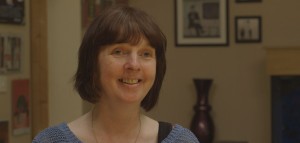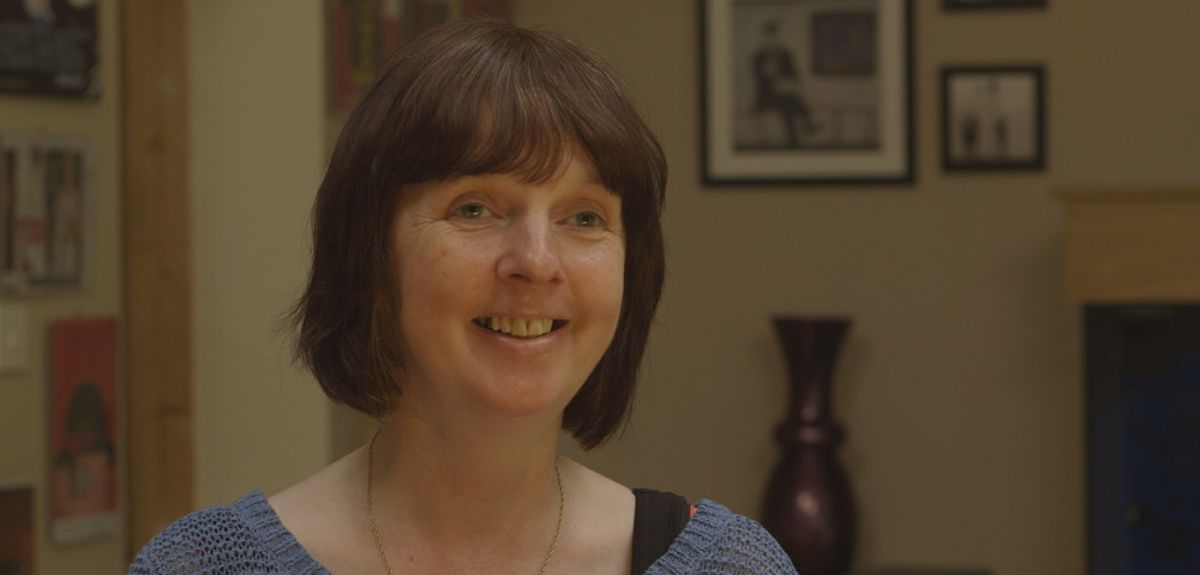
When she was five-years-old, Cardiff resident Rhian Lewis was diagnosed with retinitis pigmentosa, a disease that causes retinal degeneration as photoreceptor cells die off. There is no cure, and eventually Lewis was completely blind in her right eye and had no vision in her left eye.
But surgeons from the Oxford Eye Hospital at Oxford’s John Radcliffe Hospital have successfully installed a 3 x 3 mm, wafer-thin electronic chip in the back of Lewis’ right eye, giving the 49-year-old mother of two a chance to see again.
The technology and Lewis’ story will air on BBC’s “Trust Me I’m A Doctor,” which is slated to air Wednesday, Jan. 6. The show also captures the moment when Lewis reads the time correctly, a task she hasn’t been able to do with her right eye for about 16 years.
“Honest to God, that felt like Christmas Day,” Lewis said.
[pullquote]According to Oxford, the chip—developed by the German engineering firm Retina Implant AG—“captures the light entering the eye to stimulate the nerve cells of the inner retina to deliver signals to the brain through the optic nerve.”[/pullquote]
The small chip was inserted into the back of Lewis’ right eye in a six-hr plus operation. Since Lewis still had an intact optic nerve and the necessary brain wiring for vision, the scientists just needed a device to substitute for the photoreceptors’ function.
According to Oxford, the chip—developed by the German engineering firm Retina Implant AG—“captures the light entering the eye to stimulate the nerve cells of the inner retina to deliver signals to the brain through the optic nerve.”
“The device is connected to a tiny computer that sits underneath the skin behind the ear,” the hospital continued. “This is powered by a magnetic coil which is applied to the skin—from the outside this looks similar to a hearing aid.”
The device is then turned on following the completion of any healing required from the surgery. At first, the images appear as flashes of light, but eventually the brain begins to make sense of the flashes, converting them into shapes and objects. The image is akin to the black and white, grainy images of the first television pictures, according to the hospital. The chip is limited to 1,600 pixels.
It’s a big step forward for Lewis, who hasn’t visually seen her children for around eight years, or glimpsed her own face.
Lewis’ implant is part of ongoing research that is funded by the National Institute for Health Research (NIHR)’s Invention for innovation program, which has partnered with Retina Implant AG and NIHR’s Oxford Biomedical Research Centre.
Eventually, Lewis walked around outside with the implant. She said, “I walked up the street, and the lady from social services said to me to point out anything I thought might or might not be there. And the first thing I thought ‘there might be something there,’ there was a car, a silver car, and I couldn’t believe it, because the signal was really strong, and that was the sun shining on the silver car. And I was just, well, I was just so excited, I was quite teary!”
Lewis is the first person in the U.K. to receive this “bionic eye.”








